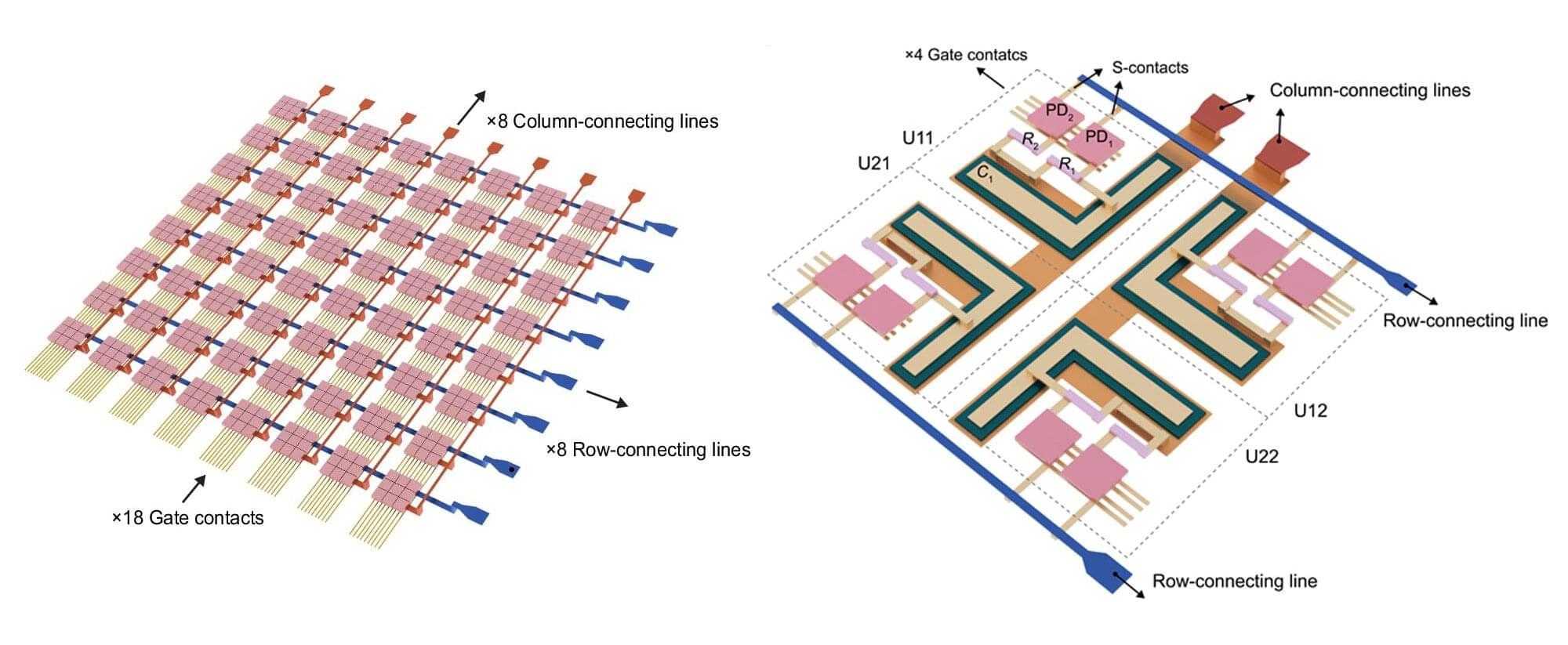Researchers at the University of Massachusetts Amherst have pushed forward the development of computer vision with new, silicon-based hardware that can both capture and process visual data in the analog domain. Their work, described in the journal Nature Communications, could ultimately add to large-scale, data-intensive and latency-sensitive computer vision tasks.
“This is very powerful retinomorphic hardware,” says Guangyu Xu, associate professor of electrical and computer engineering and adjunct associate professor of biomedical engineering at UMass Amherst. “The idea of fusing the sensing unit and the processing unit at the device level, instead of physically separating them apart, is very similar to the way that human eyes process the visual world.”
Existing computer vision systems often involve exchanging redundant data between physically separated sensing and computing units.









